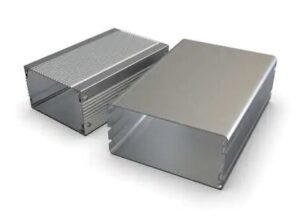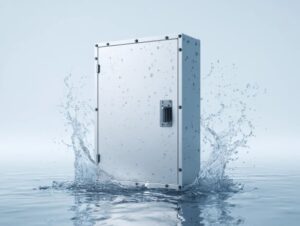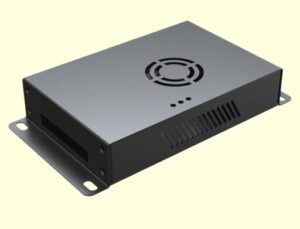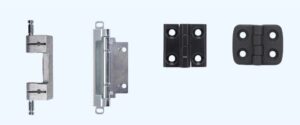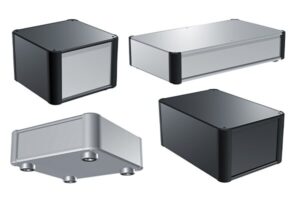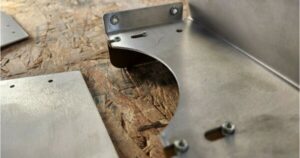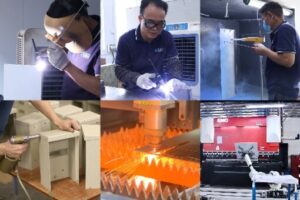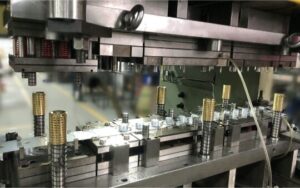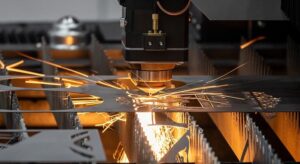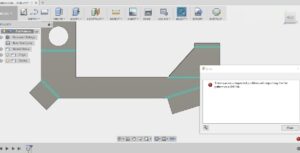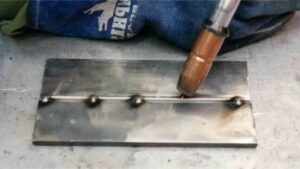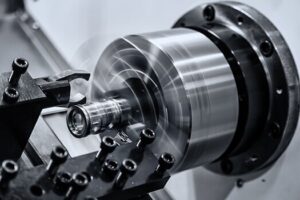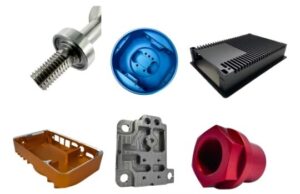
Comparing Enclosure Types: Diecast vs. Sheet Metal vs. CNC Machined
For most projects, the practical choices come down to three types of enclosures: die-cast, sheet metal, and CNC-machined. Each one can produce strong, reliable parts, but each behaves differently in precision, durability, thermal performance, cost structure, and scalability. There is no single “best” option. The correct answer depends on your environment, geometry, volume, and lifecycle.



